Hewlett Packard 395473-B21 (500 GB)$110.00 to $605.00
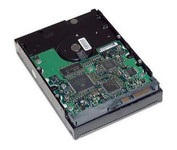
Hard Drive Spindle Speed - 7200Rpm Hard Drive Type - Hot-swap Hard Drive Capacity - 500GB Hard Drive Interface Type - Serial ATA Form Factor - 3.5''
Manufacturer:Hewlett Packard Product MPN MPN | 395473-B21 | Key Features Capacity | 500 GB | Interface | Serial ATA | Enclosure | Internal | Spindle Speed | 7200 RPM | Technical Features External Data Transfer Rate | 150 MBps | Average Latency | 4.17 ms | Interface (Detailed) | Serial ATA | Hot Swap | Yes | Other Features Platform | PC | Package Qty. | 1 | Warranty Warranty | 1 Year | Miscellaneous UPC | 882780029781 |
Tags:hewlett, packard, 395473-b21, 500, gb,
| Fujitsu MAT3147NC (147 GB)$86.00 to $159.00
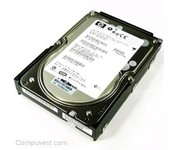
Fujitsu's latest generation of Enterprise SCSI Hard Disk Drives offer capacities of up to 300GB in a 1-inch high, 3.5-inch form factor. The MAT SCSI series is the latest generation Hard Disk products from Fujitsu offering low profile, high speed and high capacity to high performance enterprise computing applications.
Manufacturer:Fujitsu Product MPN MPN | MAT3147NC | Key Features Designation | Desktop Computer | Capacity | 147 GB | Interface | SCSI | Enclosure | Internal | HDD Form Factor | 3.5" x 1/3H (Low Profile) | Spindle Speed | 15000 RPM | Technical Features SCSI Signaling Type | SCA-2 | Internal Data Transfer Rate | 1,176 Mbit/s | External Data Transfer Rate | 320 MBps | Seek Time | 3.3 ms | Buffer Size | 8 MB | Average Latency | 2 ms | Interface (Detailed) | SCSI Ultra320 | MTBF | 1200000 Hours | Sound Emission | 36 dB | Other Features Platform | PC | Package Qty. | 1 | Dimensions Height | 1 in. | Width | 4 in. | Depth | 5.75 in. | Weight | 1.65 lb. | Warranty Warranty | 5 Years |
Tags:fujitsu, mat3147nc, 147, gb,
| Hewlett Packard 431935-B21 (72 GB)$196.00 to $348.00
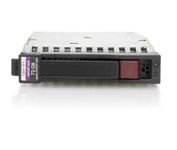
Serial Attached SCSI is the logical evolution of SCSI, including its long-established software advantage and the Serial ATA electrical and physical connection interface. With enterprise storage requirements escalating and becoming more complex, factors such as larger capacity, greater density, security, scalability and accessibility are more critical than ever.Minimize
Manufacturer:Hewlett Packard Product MPN MPN | 431935-B21 | Key Features Designation | Desktop Computer | Capacity | 72 GB | Interface | SCSI | Enclosure | Internal | HDD Form Factor | 2.5" | Spindle Speed | 15000 RPM | Technical Features External Data Transfer Rate | 300 MBps | Seek Time | 3 ms | Average Latency | 2 ms | Interface (Detailed) | SCSI • SAS | Hot Swap | Yes | Other Features Package Qty. | 1 | Dimensions Height | 0.59 in. | Width | 2.75 in. | Depth | 3.94 in. | Weight | 1.04 lb. | Miscellaneous UPC | 4948382473059 |
Tags:hewlett, packard, 431935-b21, 72, gb,
|
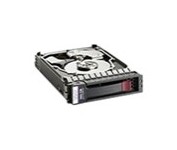
The Hewlett Packard (432095-B21) 72 GB SAS Hard Drive is fully compatible with PC systems.The Hard Drive connect by: SAS for Internal utilization. Spinning up to 15000 RPM and offering capacity as large as 72 GB
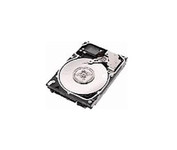
The IBM (39M4526) 250 GB SATA II Hard Drive is fully compatible with PC, Unix systems. Spinning up to 7200 RPM and offering capacity as large as 250 GB
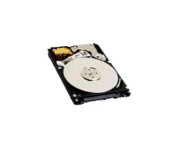
WD Scorpio 2.5-inch drives offer fast performance and low power consumption, making them ideal for notebooks and other portable devices.
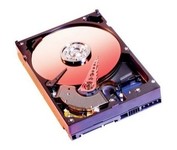
WD Caviar® SE16 7200 RPM next-generation SATA hard drives feature up to 500 GB of storage and a 16 MB cache for lightning-fast performance. Yes, these reliable drives are fast, but they still deliver technologically advanced acoustics and cool operation. Designed for high-performance computers, multimedia and gaming systems.Minimize






